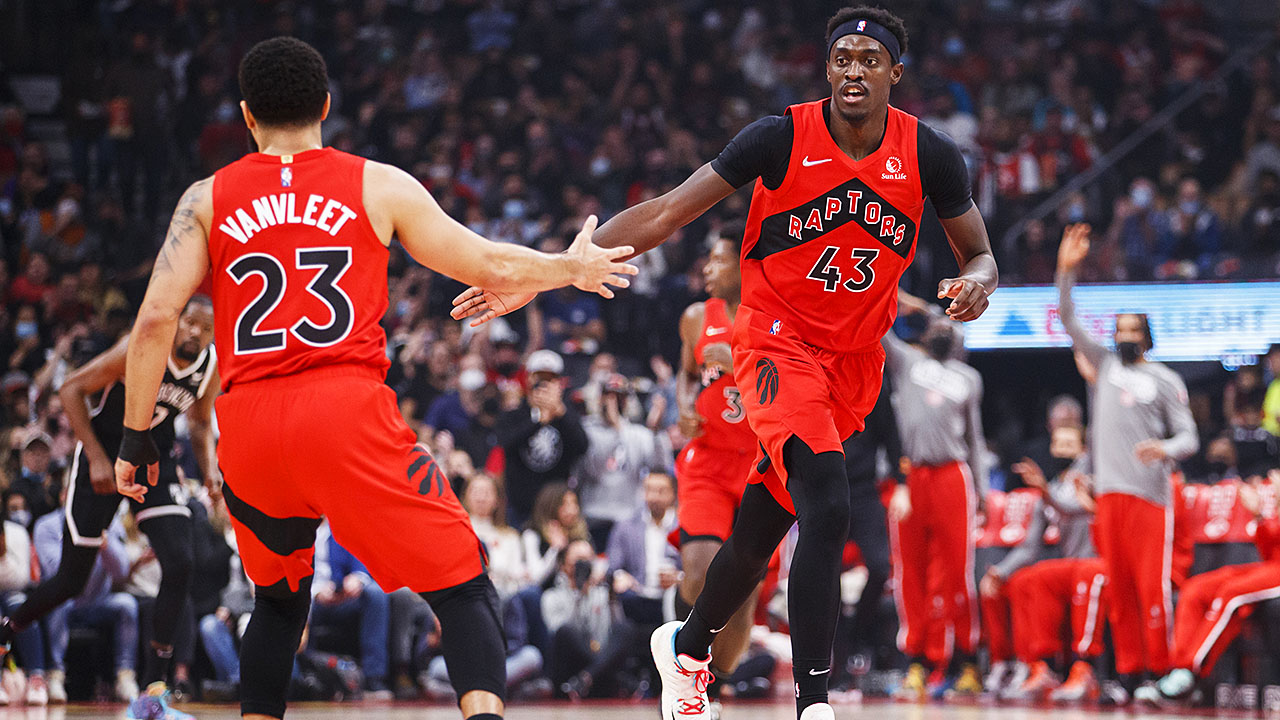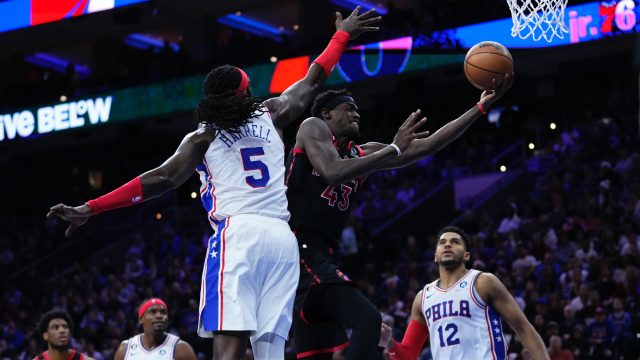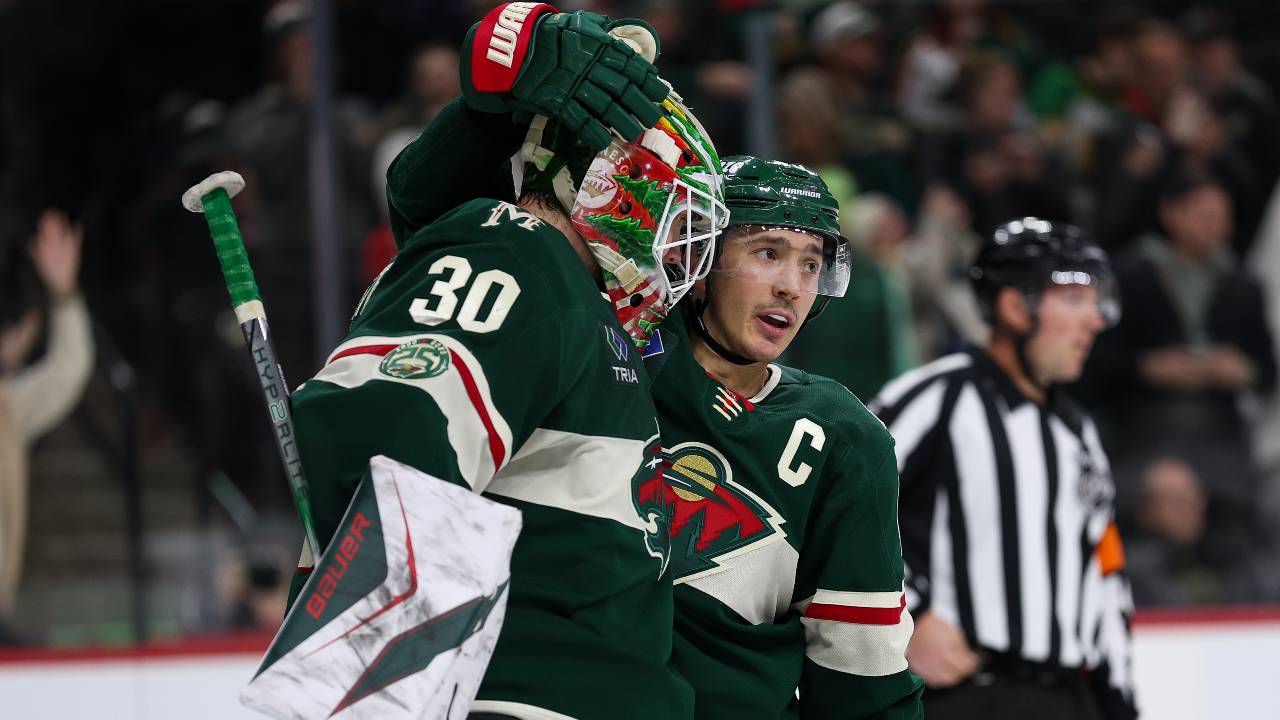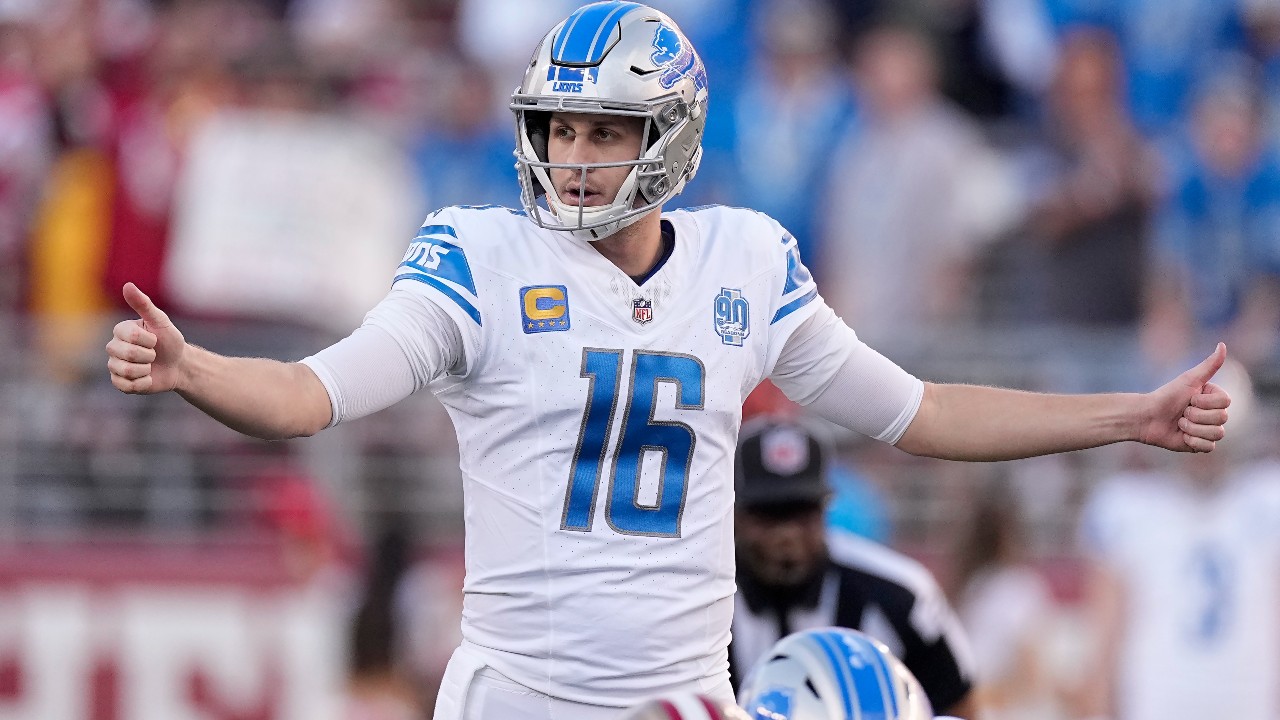
NEW YORK — Patience is a virtue, but in the Toronto Raptors‘ universe, where Masai Ujiri has been the guiding star for a decade now, it has been a habit.
The team’s president and vice-chairman has his share of big, bold moves on his resume, but he’s been far more likely to let things play out than to act quickly — and certainly never rashly. He made a big move after taking over the job in the summer of 2013 by trading former No. 1 pick Andrea Bargnani to the New York Knicks, but really, it was hardly a difficult decision for anyone who had watched the big Italian floundering for the previous six years.
Ujiri’s other moves (and non-moves) early in his tenure were modest in ambition, and created some unintended effects that informed everything else that followed.
In December of that first season (2013-14), Ujiri traded Rudy Gay in what was mainly just an accounting measure, but accidentally improved the Raptors’ depth so much that they suddenly became competitive. We’ll never know what might have happened had the New York Knicks not backed out of the trade for Kyle Lowry, which was the moment Ujiri’s planned rebuilding project accidentally became the start of the most successful era in Raptors history, culminating in the 2019 title.
And sure, the championship season featured massive, franchise-altering deals – the firing of Dwane Casey at the end of the 2017-18 season and the hiring of Nick Nurse; the off-season Kawhi Leonard trade and the in-season acquisition of Marc Gasol. But before that?
Ujiri kept Casey, the coach he inherited, for five seasons. He kept the Lowry-DeMar DeRozan partnership in place for the same amount of time after his initial effort to break it up fell apart. He added through the draft and through development, patiently.
All of which is worth keeping in mind as the Raptors limp along in the midst of a six-game losing streak — the longest of any Toronto team of the Ujiri era, other than during the ‘Tampa Tank’ season in 2020-21. It’s also the longest skid of any Ujiri team going back to his three seasons helming the Denver Nuggets.
But it’s worth remembering what Ujiri said before the current season when he returned 12 players from last year’s team after the Raptors romped to a 25-11 finish on their way to 47 wins and the fifth seed in the East.
“I think we made a commitment to grow. We’re a young team, a young growing team,” he said on the eve of training camp. “That’s all we talked about last year, lots of players who can make a jump. Even our veterans are young veterans in the league, with Freddy [VanVleet], Pascal [Siakam], O.G. [Anunoby]. I think in this organization we’ve always wanted to preach patience. We want to win. We’re expecting to win … But in terms of our plan, it’s to grow our young players and continue to develop and see (where) that takes us.”
The timeline has always been two seasons: last year and this year, and then see what you’ve got, and who you want to invest in.
The question now is: how much more does Ujiri decide he needs to see? Has the Raptors’ slow start accelerated his decision-making process?
There are some reasons to look at Toronto’s 13-18 start and keep calm, stay patient, and let things play out. Injuries have been a factor. Even ignoring that Otto Porter Jr. — the Raptors’ only significant off-season acquisition — has been effectively absent all year, Toronto has routinely played short-handed.
The Raptors have played only five games with their projected top six (VanVleet, Siakam, Anunoby, Scottie Barnes, Gary Trent Jr. and Precious Achiuwa), going 2-3. And in three of those games, at least one of those players left due to injury.
The Raptors have a 7-4 record in 11 games without one of their top six and a 4-11 record without two or more of that group. They have been short at least one top-rotation piece in all six of their recent losses and without two or more in five of them.
That said, it’s rare for any team to be completely whole these days and injuries work both ways: Of the Raptors’ 13 wins, only six have come against teams that weren’t missing at least one starter. Meanwhile, of their 18 losses, nearly half have come against teams missing one starter or more, including a pair at home to the Golden State Warriors without Steph Curry and Andrew Wiggins, the Boston Celtics without Robert Williams and Al Horford, and on the road against the New Orleans Pelicans without Brandon Ingram and CJ McCollum.
Clearly, the Raptors’ depth is an issue — something the addition of Porter Jr., limited to eight games so far with injury — was supposed to help alleviate.
But is their ‘core four’ good enough? Even with their best four players available — VanVleet, Siakam, Anunoby, and Barnes — Toronto is only 4-5.
Naturally there is a lot of ‘evaluating’ going on, both by the Raptors’ leadership and by other teams wondering if Toronto might decide to take a step back before moving forward.
The Raptors are well aware of the value their key roster pieces have: Siakam is an all-NBA player just hitting his prime and VanVleet is an all-star. Both have had huge moments in the NBA Finals. Anunoby’s game is still developing, but even now he’s the kind of elite role player who could improve virtually every starting lineup in the league. Barnes remains a highly valued prospect, per team executives I’ve spoken with, and Trent Jr. is a 23-year-old high-volume three-point shooter who can hold his own defensively. The list goes on.
Ujiri and general manager Bobby Webster must decide if they want to do a little decorating or build a new foundation.
There is a lot of talk about keeping the faith, bolstered by the memories of last season’s surge and the argument that even having lost six straight, things aren’t as bad as they seem: the Raptors went to overtime against the Sixers and to the final possession in losses to Brooklyn and Sacramento. Toronto’s two losses to Orlando don’t look so bad given the Magic ended up on a six-game winning streak that included two wins in Boston against the East-leading Celtics.
“It hurts, all of them hurt,” said VanVleet after the Raptors’ loss in Philadelphia on Monday. “But it’s a long season and we have a long a long way to go. Orlando was a good team people thought was a bad team … tonight was OK. Some of them are worse than others, but we’ll be OK.”
But a deeper concern is that Toronto’s underlying numbers simply don’t support winning in any significant way. Credit to the Raptors for setting out to be a team that uses forcing turnovers, offensive rebounds and taking care of the ball to make sure they give themselves more shots than their opponents most nights. It’s a style of play they have chosen, and they execute it at a high level.
But their helter-skelter defensive approach and the blind faith that they’re still a good shooting team that’s in a slump is getting harder to believe in. Even on nights it all works, it masks some unavoidable truths that have played out over two seasons: the Raptors are a horrible shooting team, and they are way too easy to score against as long as opponents don’t turn over the ball.
The Raptors are 28th in effective field goal percentage (a stat that accounts for the fact a three-pointer is worth more than a two-point basket) this season after being 27th last season. As constructed, they can’t put the ball in the basket well enough. It gets no plainer than that.
Over the past five seasons, 15 of the 20 conference finalists have been in the top 10 in the category and 13 of the 20 have been in the top five. Of the five outliers who have made it to the conference finals without a top-10 shooting efficiency, four of them were elite defensive teams, ranking in the NBA’s top six in opponent’s eFG.
The Raptors, it should be pointed out, rank 28th in opponents’ eFG so far this year. They are not an elite defensive team. They were average last season, at best, and have slipped significantly. The Houston Rockets, who are in the early stages of a determined rebuild, are the only other team to rank in the bottom five of both categories.
Is a turnaround possible? Sure. The Raptors were 14-17 after 31 games last season and 23-23 in late January before they surged in the second half. As Toronto gets healthier, there are wins to be had, especially as more teams begin to let go of the rope in the second half.
But can a run to .500 or beyond be trusted, or valued? It was that late surge that encouraged Ujiri and Webster to stand pat over the summer and see where some continuity might take this group.
So far, it’s taken them backwards. The question to be sorted out over the coming weeks is how much more they have to see before they know what to believe.







